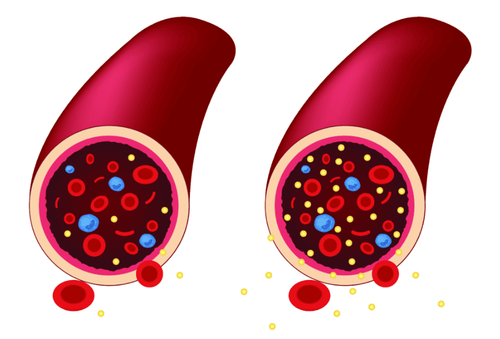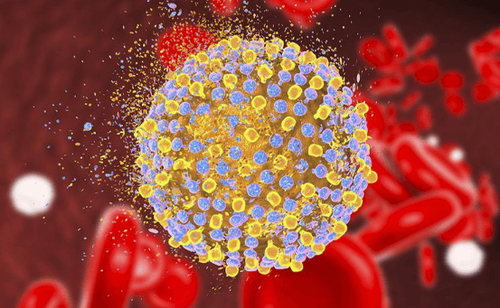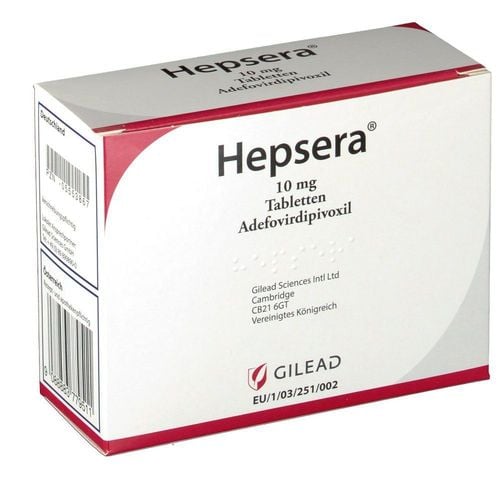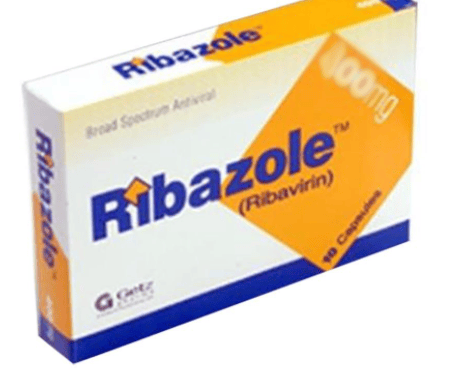This is an automatically translated article.
Hepatitis or viral hepatitis is damage to the liver caused by a virus. This article will introduce some key information about hepatitis in general and the characteristics of hepatitis B, A, and C.
1. General overview of hepatitis
The liver is an important organ for processing nutrients, filtering blood and fighting infections. Once the liver becomes inflamed or damaged, its function can be affected. Heavy alcohol use, toxins, certain medications, and a number of other health problems can cause hepatitis. However, hepatitis is usually caused by a virus.
In the United States, the most common types of viral hepatitis are hepatitis A, hepatitis B, and hepatitis C. It is estimated that there are approximately 6,700 hepatitis A infections each year 22,100 hepatitis B infections and 44 300 cases of hepatitis C infection.
2. Hepatitis A
2.1 Key Features of Hepatitis A Currently, hepatitis A outbreaks mainly occur in drug users, homeless people and men who have sex with men. Hepatitis A is common in almost all countries, especially in countries with poor sanitation.
Hepatitis A can persist for weeks to months. Hepatitis A is spread when a person comes in contact with objects, food, or drinks that are contaminated with the feces of an infected person, even in very small amounts.
Everyone can get sick within weeks to months. Most patients will recover without lasting damage. Although very rare, there are still cases of death from hepatitis A virus infection. Testing for the hepatitis A virus is not considered routine testing.
2.2 It is recommended that the following people be vaccinated against hepatitis A All children 1 year of age Travelers to countries where hepatitis A is common Families, carers with adoptions from other countries countries where hepatitis A is common People who have sex with men People who use drugs, whether injecting or not People with chronic or long-term liver disease, including hepatitis B or hepatitis C Patients with a clotting factor disorder Persons in direct contact with people with hepatitis A Anyone wishing to gain immunity (protection)
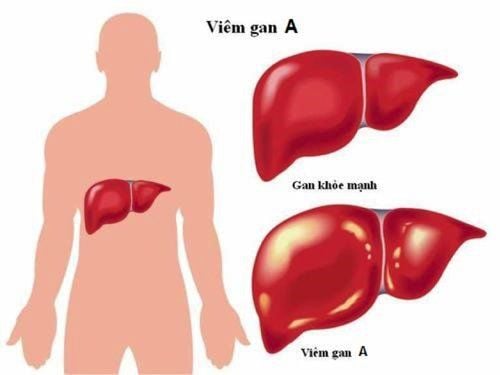
Người sử dụng ma túy, người vô gia cư và quan hệ tình dục đồng giới nam có nguy cơ lây nhiễm viêm gan A
3. Hepatitis B
3.1 Key Features of Hepatitis B It is estimated that 2 out of 3 people with hepatitis B do not know their status. About 50% of hepatitis B cases in the US are Asian. Hepatitis B is the main cause of liver cancer. 15%-25% of chronic hepatitis B cases have a risk of developing chronic liver diseases such as cirrhosis, liver cancer and liver failure. Currently, specific vaccines for the prevention of hepatitis B virus have been widely used.
Hepatitis B can develop initially from a mild illness, last a few weeks, and progress to a serious and chronic condition. More than 90% of unvaccinated infants develop chronic infections, but 6%-10% of older children and adults are infected with hepatitis B
Hepatitis B is mainly spread by blood, semen, or certain bodily fluids It is possible that a person infected with the hepatitis B virus enters the body of an uninfected person, even in very small amounts. The hepatitis B virus can also be transmitted from:
Giving birth to an infected mother Sharing equipment that has been contaminated with blood from an infected person, such as needles, syringes and even medical equipment, like glucose monitors Sharing personal items such as toothbrushes or razors Poor infection control has led to outbreaks in healthcare settings 3.2 The following people are recommended to be vaccinated hepatitis B virus All infants All unvaccinated children and adolescents under 19 years of age People at risk of infection from sexual contact include: those with a sexual partner who has hepatitis B, people who are sexually active with multiple partners, STD patients, and men who have sex with men. People at risk of infection from blood exposure include: People who inject drugs, people living with someone with hepatitis B, healthcare workers and public safety workers at risk of blood exposure. or body fluids contaminated with blood at work. Patients on hemodialysis and pre-dialysis, peritoneal dialysis and home dialysis patients People with diabetes aged 19 -59 years; People with diabetes aged 60 years or older who want to get the hepatitis B vaccine need to consult their doctor before getting vaccinated. International travelers to countries where hepatitis B is common People with hepatitis C People with chronic liver disease People with HIV People in prison or prison All others seeking protection from Hepatitis B Virus Infection 3.3 Hepatitis B Treatment For acute hepatitis B cases, there is no cure, so the best option is to provide supportive care. For chronic hepatitis B cases, patients must be regularly monitored for signs of liver disease progression; Some patients are treated with antiviral drugs.
3.4 Diagnostic testing for hepatitis B CDC recommends hepatitis B testing for the following:
People born in countries with 2% or higher HBV prevalence Men who have sex with men People who inject drugs People with HIV Family and sexual contacts of people with hepatitis B People who need immunosuppressive treatment People with end-stage kidney disease (including hemodialysis patients) People with hepatitis C People with elevated ALT levels Pregnant women Babies born to mothers infected with HBV
4. Hepatitis C
4.1 Key features of hepatitis C About 50% of people with hepatitis C do not know their status. Three out of four people infected with hepatitis C were born between 1945 and 1965. Hepatitis C is a major cause of liver cancer.
Hepatitis C can range from a mild illness, lasting a few weeks, to a serious, lifelong (chronic) infection. Most people infected with the hepatitis C virus develop chronic hepatitis C. There is currently no vaccine to prevent hepatitis C. Up to 75%-85% of hepatitis C virus infections develop chronic diseases, 5%-20% of chronic hepatitis C cases develop into cirrhosis and 1%-5% of cirrhosis cases caused by hepatitis C will result in death or liver cancer.
Hepatitis C is spread when blood from an infected person enters the body of an uninfected person. The hepatitis C virus can also be transmitted as follows:
Sharing equipment that has been contaminated with blood from an infected person, such as needles and syringes Receive blood or organ transplants before 1992 (when widespread screening was almost complete). remove hepatitis C from the blood supply) Poor infection control has led to outbreaks in healthcare settings Born to an infected mother 4.2 Hepatitis C Treatment For Cases Acute hepatitis C: Currently, there is no specific treatment for patients with acute hepatitis C. For chronic cases, there are a number of drugs available for treatment. Current treatments typically involve 8-12 weeks of oral (drug) therapy, and about 90% of patients are cured.
4.3 Diagnostic testing for hepatitis C CDC recommends hepatitis C testing for the following groups of people:
Current or former drug users, including those who injected only once many years ago Any who received clotting factor concentrates performed before 1987 Recipients of blood transfusions or solid organ transplants before July 1992 Patients on long-term hemodialysis People who have been exposed to the hepatitis C virus, such as health-care workers or public safety personnel at risk of exposure to blood from someone infected with the hepatitis C virus and recipients of blood or organs from a hepatitis C virus-positive donor HIV-infected person born to mothers with hepatitis C Many hepatitis patients have no symptoms and are unaware of their infection status. If symptoms occur with an acute infection, they may appear approximately 2 weeks to 6 months after exposure. Symptoms of chronic viral hepatitis can take decades to develop. Symptoms of hepatitis can include: fever, fatigue, loss of appetite, nausea, vomiting, abdominal pain, dark urine, pale stools, joint pain, and jaundice.
Currently, Vinmec International General Hospital has Hepatobiliary Screening packages, which help detect Hepatitis Virus at an early stage even when there are no symptoms. In addition, the comprehensive hepatobiliary screening package helps customers:
Assess the liver's ability to work through liver enzyme tests; Evaluation of bile function; vascular nutrition; Early screening for liver cancer; Perform tests such as Total blood cell analysis, blood clotting ability, screening for hepatitis B, C Assessment of hepatobiliary status through ultrasound images and diseases that have the potential to affect liver disease/cause liver disease. more severe liver disease In-depth analysis of parameters to evaluate hepatobiliary function through laboratory, subclinical; risks affecting the liver and early screening for hepatobiliary cancer To register for examination and treatment of hepatobiliary diseases at Vinmec International General Hospital, you can contact Vinmec Health System nationwide, or register online HERE.
Source: Cdc.gov
MORE:
NAT test for early detection of hepatitis B - C How is hepatitis C transmitted? Effective measures to prevent viral hepatitis




